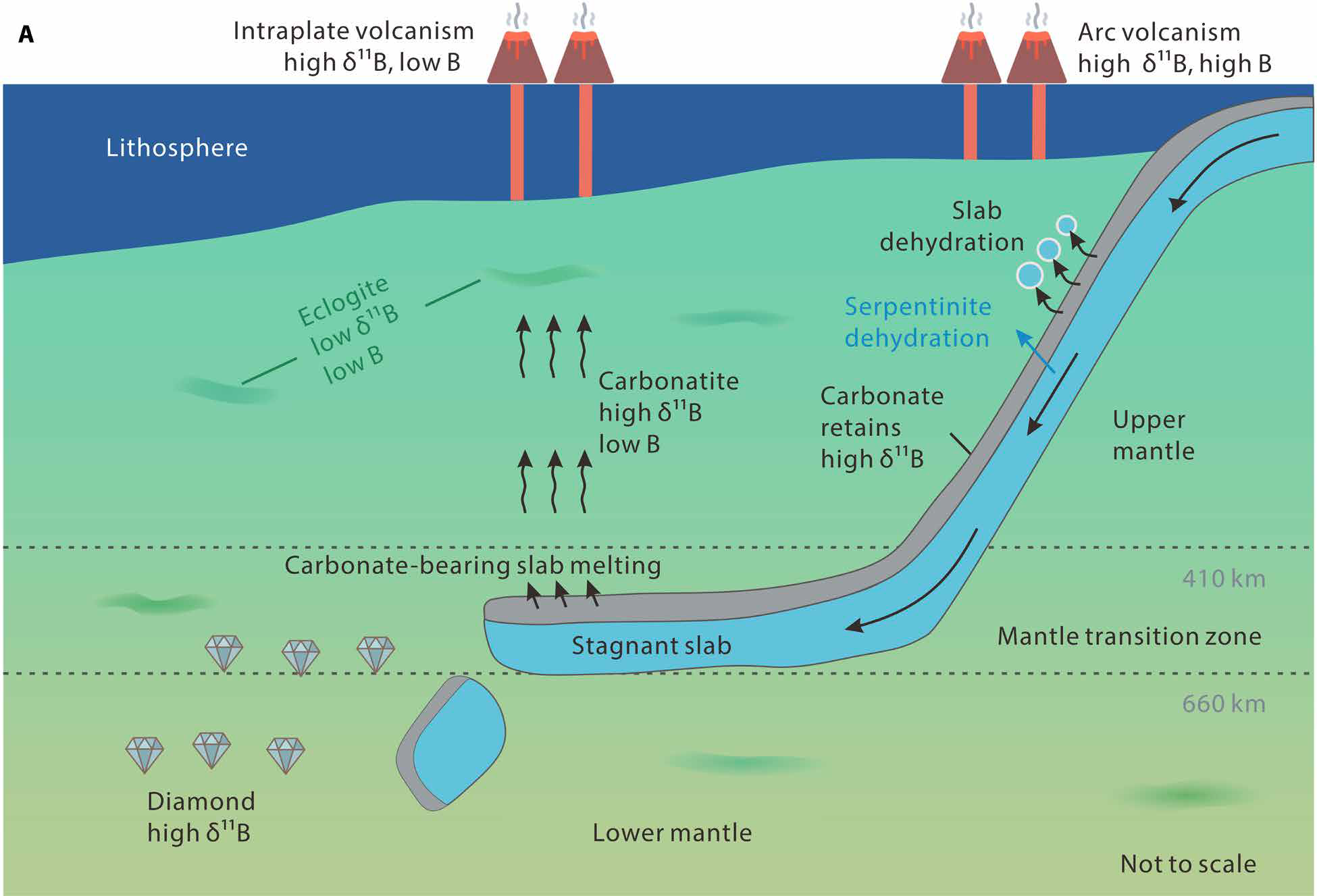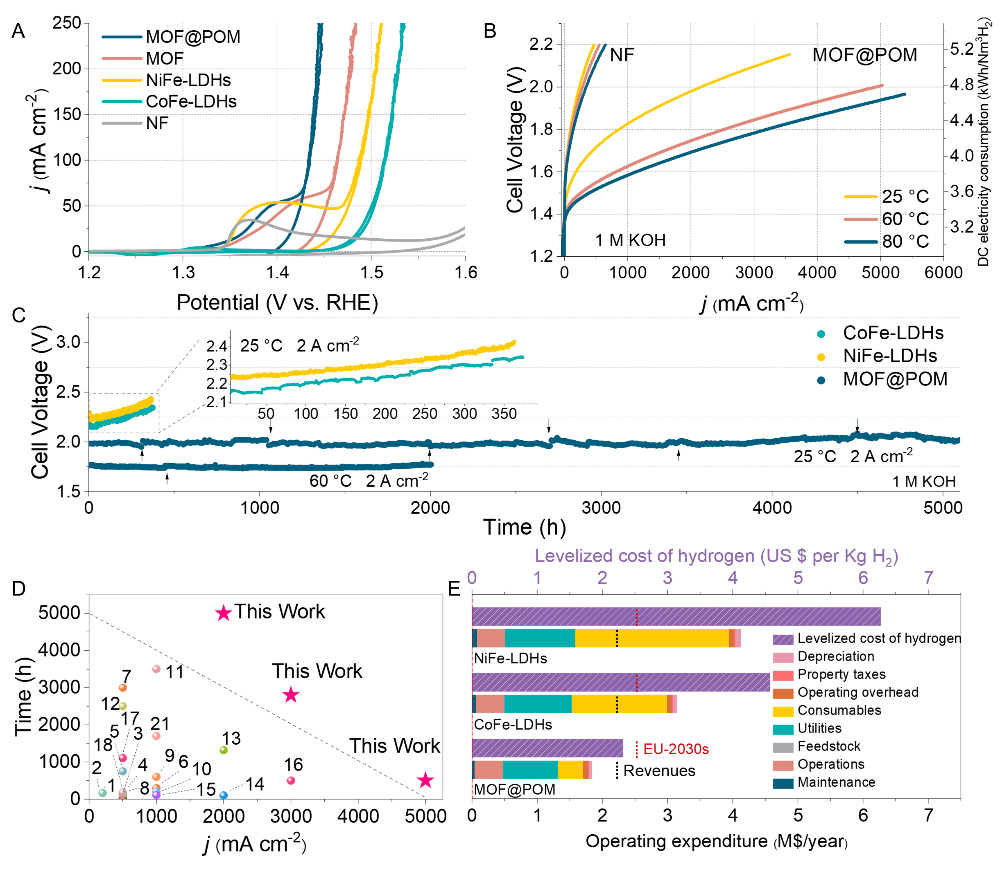2025-04-29 中国科学院(CAS)
 Conceptual cartoon describing the generation of heavy-boron intraplate magmas (Image by IGCAS)
Conceptual cartoon describing the generation of heavy-boron intraplate magmas (Image by IGCAS)
<関連情報>
- https://english.cas.cn/newsroom/research_news/earth/202504/t20250428_1042275.shtml
- https://www.science.org/doi/10.1126/sciadv.ads5104
プレート内玄武岩に含まれる重ホウ素同位体から、マントルでリサイクルされた炭酸塩が明らかになる Heavy boron isotopes in intraplate basalts reveal recycled carbonate in the mantle
Rong Xu, Yue Cai, Sarah Lambart, Chunfei Chen, […] , and Yongsheng Liu
Science Advances Published:23 Apr 2025
DOI:https://doi.org/10.1126/sciadv.ads5104
Abstract
Recycling of surficial volatiles such as carbon into the mantle plays a fundamental role in modulating Earth’s habitability. However, slab devolatilization during subduction could prevent carbon from entering the deep mantle. Boron isotopes are excellent tracers of recycled volatiles, but correlations between boron isotopes and mantle heterogeneity indicators are rarely observed, thereby casting doubt that substantial amounts of volatiles and boron can be recycled into the deep mantle. Here, we show that boron isotopes in two different types of primitive continental intraplate basalts correlate well with mantle heterogeneity indicators, indicating contributions of various subducted crustal components. A common high-δ11B component shared by both types of basalts is best explained as recycled subducted carbonate rather than serpentinite. Our findings demonstrate that subducted carbonate carries heavy B into Earth’s deep mantle, and its recycling could account for the high-δ11B signatures observed in intraplate magmas and deeply sourced carbonatites.




